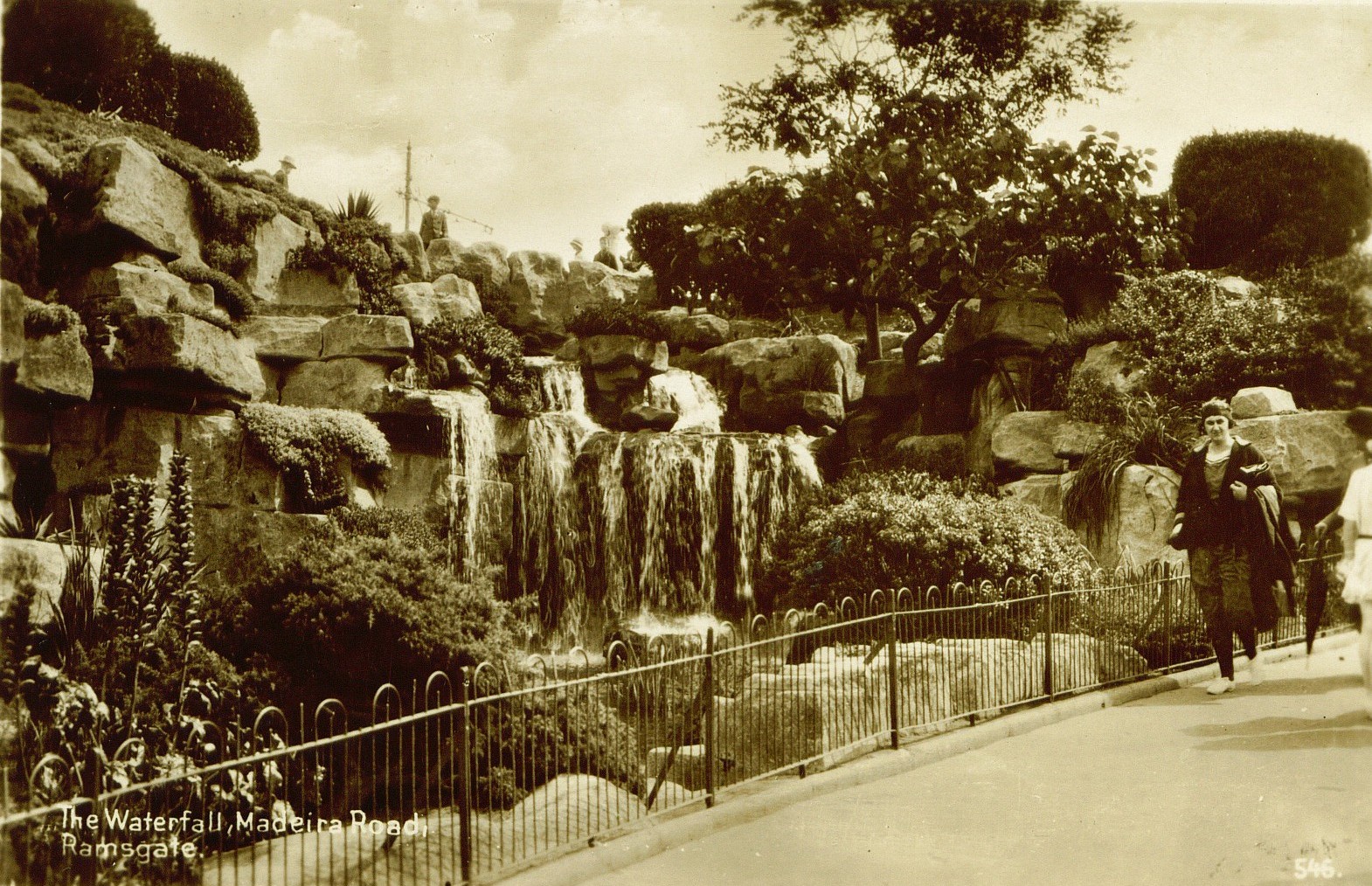 |
| James Pulham & Son. Photo Credit: Alan Bishop & Associates |
Pulhamite is one of those great Victorian and Edwardian garden obsessions that I mentioned earlier in the year. There has now appeared a new book dedicated to the subject: Rock Landscapes: The Pulham Legacy by Claude Hitching (with photography by Jenny Lilly) and and a review by the esteemed garden historian Dr Brent Elliott is printed in the Winter 2012 issue of Garden History (the Journal of the Garden History Society).
 |
| Rock Garden at Madresfield Court. Photo Credit: The Pulham Legacy |
The review is available to read on the fascinating website entitled The Pulham Legacy which is run by the author and dedicated to the product and its inventors.
 |
| Rock Garden & Boathouse at Sandringham. Photo Credit: The Pulham Legacy |
But in brief. Pulhamite was a patented anthropic rock 'material' invented by James Pulham (1820-98). James was a skilled stone-modeller but also developed a new material, a cement concoction which looks like a gritty sandstone.
He also developed the technique of using his concoction - which became know as Pulhamite - to created very natural-looking, but artificial rocks from heaps of old bricks and rubble covered in Pulhamite, and ‘sculpted’ to imitate the colour and texture of natural stone.
 | |||||||||||||||||||||||
| The Waterfall, Madeira Road in Ramsgate. Photo Credit: Michael's Bookshop |
The biggest use of these artificial rocks was in the construction of ornamental rockeries and rock gardens, which became a huge fashion in the last quarter of the 19th century and up until the First World War.
 |
| The Western Chine in Ramsgate. Photo Credit: RamsgateHistory.com |
Other features constructed from Pulhamite included ferneries, caves and grottoes as well as fountains and other garden ornaments.
And if you have Pulhamite in need of repair, Alan Bishop & Associates is one of the UK's leading experts on the repair and renovation of Pulham rockwork.

No comments:
Post a Comment